The plantar pressure tester is also called the plantar pressure distribution system.
This type of equipment mainly uses sensors to sense the pressure distribution and gait data of various areas of the sole of the foot when the human body is standing still or walking on the pressure plate.
The main application prospects of the plantar pressure distribution system are as follows:
1. Application in the field of rehabilitation medicine.
Through static measurement, dynamic measurement and balance measurement, the pressure distribution, gait symmetry, center of gravity trajectory and other data of the human sole are obtained to provide more scientific and targeted rehabilitation solutions for symptoms such as foot deformity, cerebral palsy and stroke.
For example, the design of orthotics is optimized for flat feet, high arches, inversion of the foot, eversion of the foot, etc.
In the future, it can also be combined with AI algorithms to infer the rehabilitation process, and dynamically adjust rehabilitation training according to data to improve the rehabilitation effect.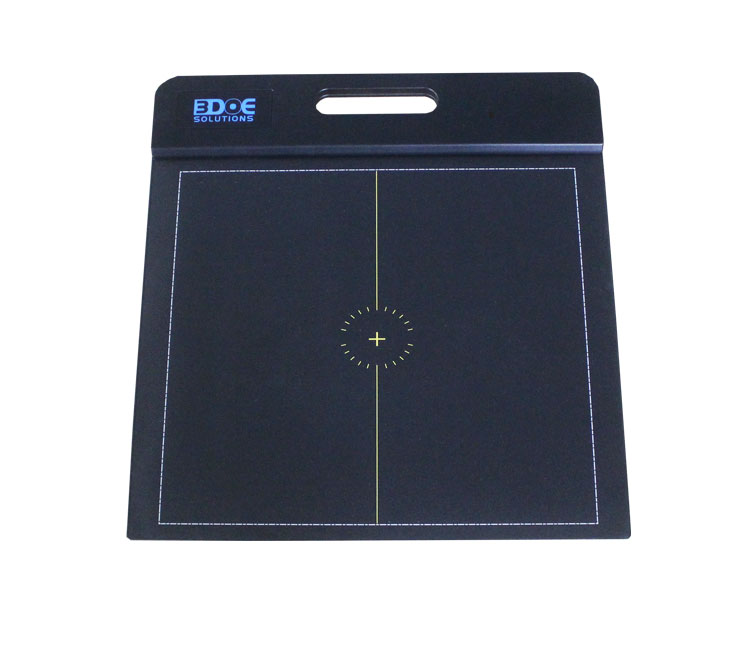
2. Application in the prevention of chronic foot complications.
The measured plantar pressure distribution and other data can assist in determining whether there is a risk of diabetic foot ulcers and plantar fasciitis.
If detected, intervention and prevention plans can be made in advance. For example, for diabetic foot ulcers, insoles that can reduce local pressure and avoid the risk of local tissue damage can be designed to delay the progression of diabetic foot lesions.
For plantar fasciitis, corrective insoles that can effectively disperse the pressure on the sole of the foot can also be designed and made according to the measured data to relieve symptoms such as foot pain.
3. Application in elderly health and fall prevention.
Through balance tests, such as standing with eyes open and eyes closed, the center of gravity trajectory changes, the stability of the center of gravity is evaluated, and then training plans that can prevent the risk of falls are formulated based on these data.
It can also be combined with gait cycle data to optimize the design of walkers or orthopedic insoles to prevent the risk of falls in the elderly.
4. Children's foot health management.
The feet of adolescents and children can be screened in batches to promptly detect possible foot development abnormalities such as flat feet and high arches, and corresponding prevention and correction can be carried out.
Children's bones are not fully developed yet. If abnormalities are discovered early at this time, foot problems can be corrected at the lowest cost and the health of children's feet can be protected.

 +86-0755-86131192
+86-0755-86131192 2025-04-11
2025-04-11 Back to list
Back to list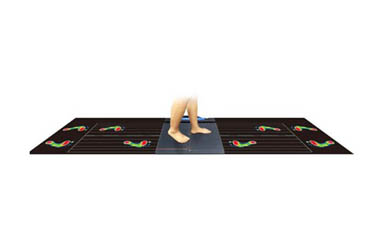
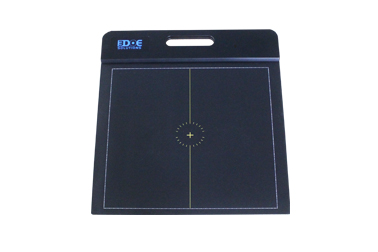
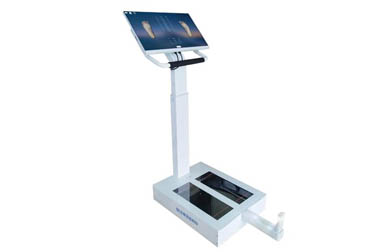
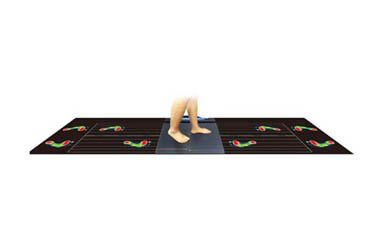
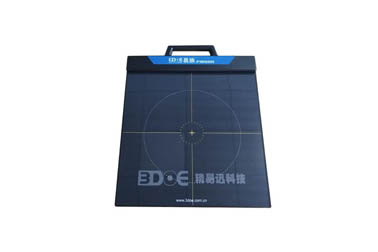
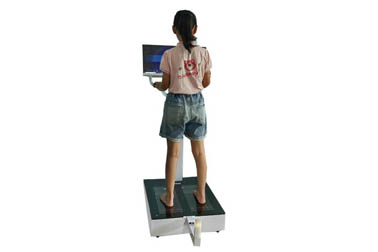



 +86-0755-86131192
+86-0755-86131192